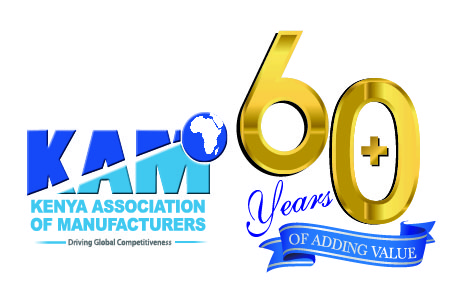How do we prioritize and insure innovation in Kenya
By Phyllis Wakiaga
It is human nature to build when in crisis.
In the past few weeks, we have seen manufacturers shift their assembly lines from the manufacture of usual products to begin to manufacture Personal Protective Equipment (PPEs) and ventilators approved by the Kenya Bureau of Standard (KEBS), as a quick response to the pandemic. This has shown that Kenya has no shortage of innovative minds, a trait that we are well aware of as a nation.
But this also brings to the minds of many a critical question; what has been holding us back? Innovations need deliberate investment in terms of capital, policy, supportive institutions and legislative frameworks. According to the United Nations Industrial Development Organization (UNIDO), the link between academia and industry shows is bolstered by successful innovation which cannot happen in isolation.
Innovation and actualization is a journey that requires the right policies, finance and government assistance to make it a reality. The link between innovators and industry has to be made possible for seamless creativity. If this is done successfully, we will create a sustainable solution to reducing unemployment. Kenya has a budding youth population and supporting their innovative ventures will be a great boost to the competitiveness of the local manufacturing sector. Thus, the onus is on all of us government, learning institutions, industry and the public to keep up the innovative bug beyond the pandemic.
If we look at one of the world’s leading innovators, South Korea, especially on their transformation from one of the poorest countries, into an urbanized, high-technology economy with a highly-skilled workforce. We will find a rich history of the country’s investment in Research and Development as a share of GDP compared to other economies. According to recently released data by the Organization for Economic Co-operation and Development (OECD), South Korea spent 4.29 percent of its GDP on R&D in 2014, followed by Israel (at 4.11 percent), and Japan (3.58 percent).
As a country we need to create incentives for organizations and institutions to invest in Research and Development, for demo and prototype products and simulations to rejuvenate the innovation space. Government support will go a long way in ensuring that innovators are provided with proper protection policies and supportive incentives to enable them to create and be an integral driver for Kenya’s economic growth and industrial development.
There is a need to continually equip the Kenya Industrial Property Institute to support the increasingly sophisticated trends in creativity through various technologies and the internet of things. We should also think about how to establish a pipeline that will see regional IP registration harmonized regionally making sure that patent laws are recognized across the divide. KAM has made sure through its initiatives Manufacturing Academy as well as the Technical Vocational and Education Training (TVET) Program, that different stakeholders understand that IP laws are the only way to protect and grow their creativity.
As we progress the country beyond the COVID crisis, we as Kenyans need to prioritize the idea of strengthening our home grown solutions to be able to help our economy to withstand any similar future shocks such as the pandemic but also to diversify our exports in the region.
We are working with the government to ensure these innovations are inculcated into the country’s long-term economic strategy for the country’s self-sustenance.
We have the opportunity to use digital innovations to catalyze growth and reimagine our future. In fact, the combination of digital transformation and innovation has turned the global business ecosystem upside-down, giving birth to a new generation of business models to which we should take advantage of with our innovation bug. I believe this can be achieved if we just have the sound progressive policies in place.
The Writer is the CEO of Kenya Association of Manufacturers and the UN Global Compact Kenya Chapter Board Chair. She can be reached at ceo@kam.co.ke.
Looking for elevation? KAM lifts you up.
- Direct technical assistance
- Capacity building programmes
- Networking and mentorship
- Industry insights & analysis
- Trade & export development services
